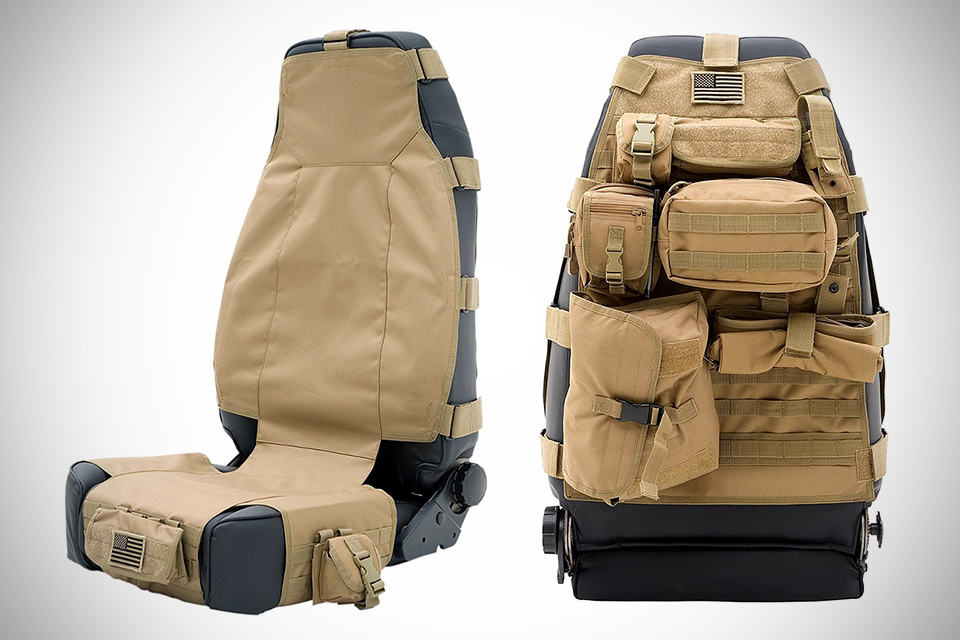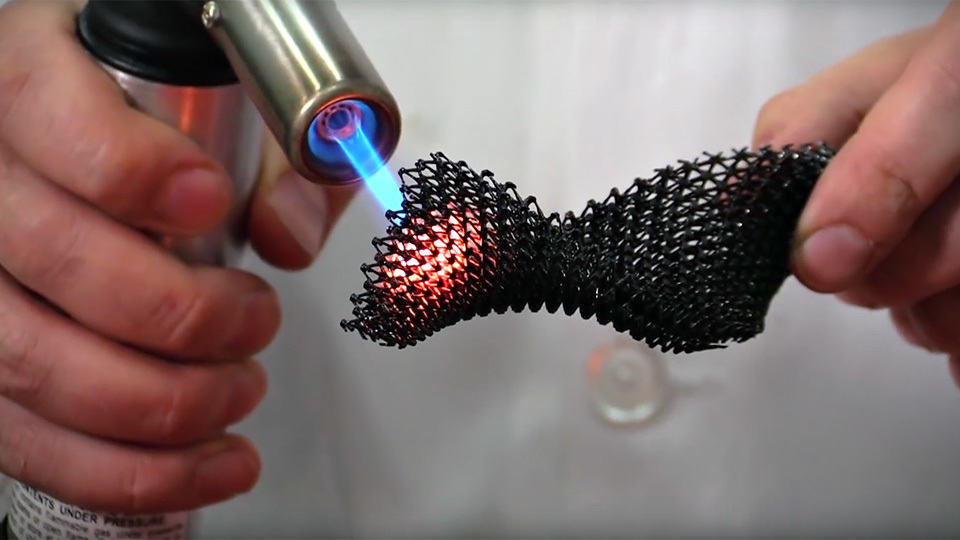The mention of drones, two things came to mind: vertically take-off aircraft, often in the form of multi-rotor configuration (or in rare occasion, dual rotor, like a helicopter) or a fixed wing aircraft that pretty much designed to destroy. Both have its short falls. A multi-rotor aircraft sacrifices speed and payload for convenient take-off and landing, while a fixed wing has to put up with need for runways for speed and heavier payload. Many drone makers knew this and while some stick to their guns, some opted to go the hybrid route with a VTOL setup.
Companies like Amazon, Alphabet, DHL, and even Sony and NASA, have all chose to go the VTOL way and so far, it has proven that it kind of works. Kinda. However, a South African startup called Passerine may have proven that there’s middle path other than going hybrid and in the process, shown the industry what innovation really is. And TBH, it is kind of revolutionary. Their solution is biomimicry. No. Passerine did not designed a robotic bird. That has been done several times over which, btw, didn’t solve the take-off and payload issue issue, much less speed.
Passerine Sparrow has fixed wings and wait for it… it has legs and feet for takeoff and landing. Legs on an aircraft! Imagine that! Now, that, my friends, is thinking out-of-the-box. Aside from the lower limbs, Sparrow also lift a page from aerospace history with regards to the propulsion. It uses over-wing engines for thrust – an innovation which the aerospace industry finds unnecessary, but it may be a miracle solution for drone development. Instead of putting a lab coat and try explaining how over-wing engine is awesome, we shall let IEEE Spectrum do the talking. I think we can’t do a better job than them and so here goes:
“Those over-wing engines create what’s called a blown wing, where the engine exhaust passes over the top of the wing and over a portion of the wing flaps. The forced high-speed air passing over the wings and flaps generates a substantial amount of lift (two or three times the lift of a conventional wing), and since the air is coming directly from the engines, you get that lift even if the aircraft isn’t moving very much. This is in contrast to most conventional wings and flaps, the performance of which depends on the aircraft’s forward velocity. The upshot is that aircraft with blown wings or blown flaps can takeoff and land over a much shorter distance, and can fly much more slowly before they stall.”
The over-wing engine is not revolutionary, though. It was a development that have largely been ditched by the aerospace industry, but it may found its perfect application. However, the real star here are the legs. The blown wings in the scale of a drone may not be able to create the lift necessary to takeoff and this is where the legs come into play. You see, these legs are spring-loaded and engineered to create enough energy required for takeoff.
They are capable of springing the aircraft up and forward to get the drone to takeoff speed, after which the over-wing engines will take it from there and the bird proceed to fly like any other fixed wing aircraft. Once airborne, the legs are retracted into the fairings on each side of the fuselage so as not to create unnecessary drag. But the job of the legs is not done yet. When it is ready to land, the legs reverse their roles, now serving as shock absorbers of sort to cushion the landing.
As with the takeoff, this is possible with the over-wing and legs working in tandem. The blown-wing allows the aircraft to be slowed to a speed where lift is still possible and eventually land with the extended legs providing the impact absorption, thereby affording a short landing space. I am going to go on limb to say, Sparrow wouldn’t even need a paved surface since it does not even need to “run” to achieve take off or “roll” upon landing.
Now, didn’t I said this could be a revolutionary development for the drone industry? The Passerine Sparrow Cargo Delivery Drone has seemingly solved the quandary of drone flight, though granted that the payload is unknown. Then again, it is still in its prototype stage. This is a genuinely exciting development. The only thing that can better this are drone with legs that walk and run too, and perhaps, foldaway wings and maybe even robotic arms (think Robotech.)
Images: Passerine.
Source: IEEE Spectrum.







